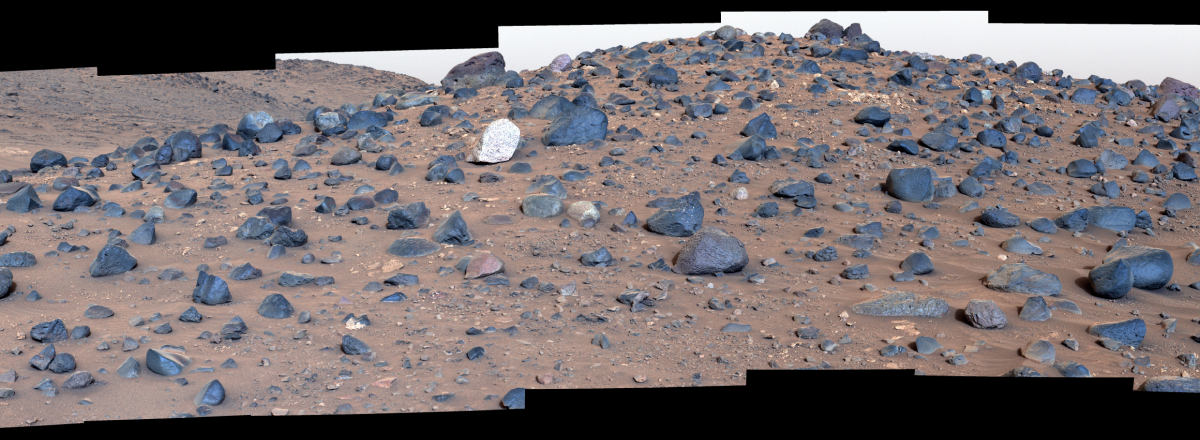NASA’s Perseverance Rover Discovers Unique Boulder in Ancient Martian Riverbed
Measuring approximately 18 inches (45 cm) wide and 14 inches (35 cm) tall, Atoko Point is composed of pyroxene and feldspar, minerals that suggest it might have originated from a subsurface magma layer.

NASA’s Perseverance rover has made an intriguing discovery while exploring the ancient riverbed of Neretva Vallis on Mars. The rover encountered a hill named Mount Washburn, covered with various boulders, including a peculiar light-toned rock that has captivated scientists.
Dubbed "Atoko Point," this unusual boulder stands out due to its light color and unique mineral composition. Measuring approximately 18 inches (45 cm) wide and 14 inches (35 cm) tall, Atoko Point is composed of pyroxene and feldspar, minerals that suggest it might have originated from a subsurface magma layer. This discovery marks the first time such a composition has been observed on Mars.
Perseverance’s mission in the Jezero Crater, where the riverbed is located, aims to uncover the planet’s geological and climatic history.
The discovery of Atoko Point has sparked excitement among researchers. The team used Perseverance’s SuperCam and Mastcam-Z instruments to analyze the boulder, revealing its unique crystal structure. Some scientists speculate that the rock was brought to its current location by the flow of the ancient river, while others believe it may have originated from a distant region on Mars.

